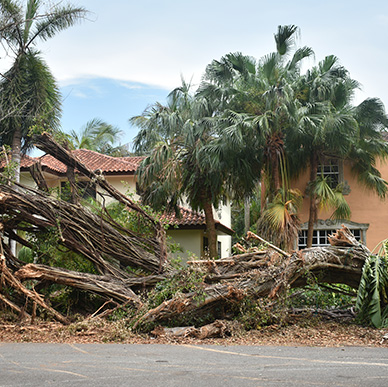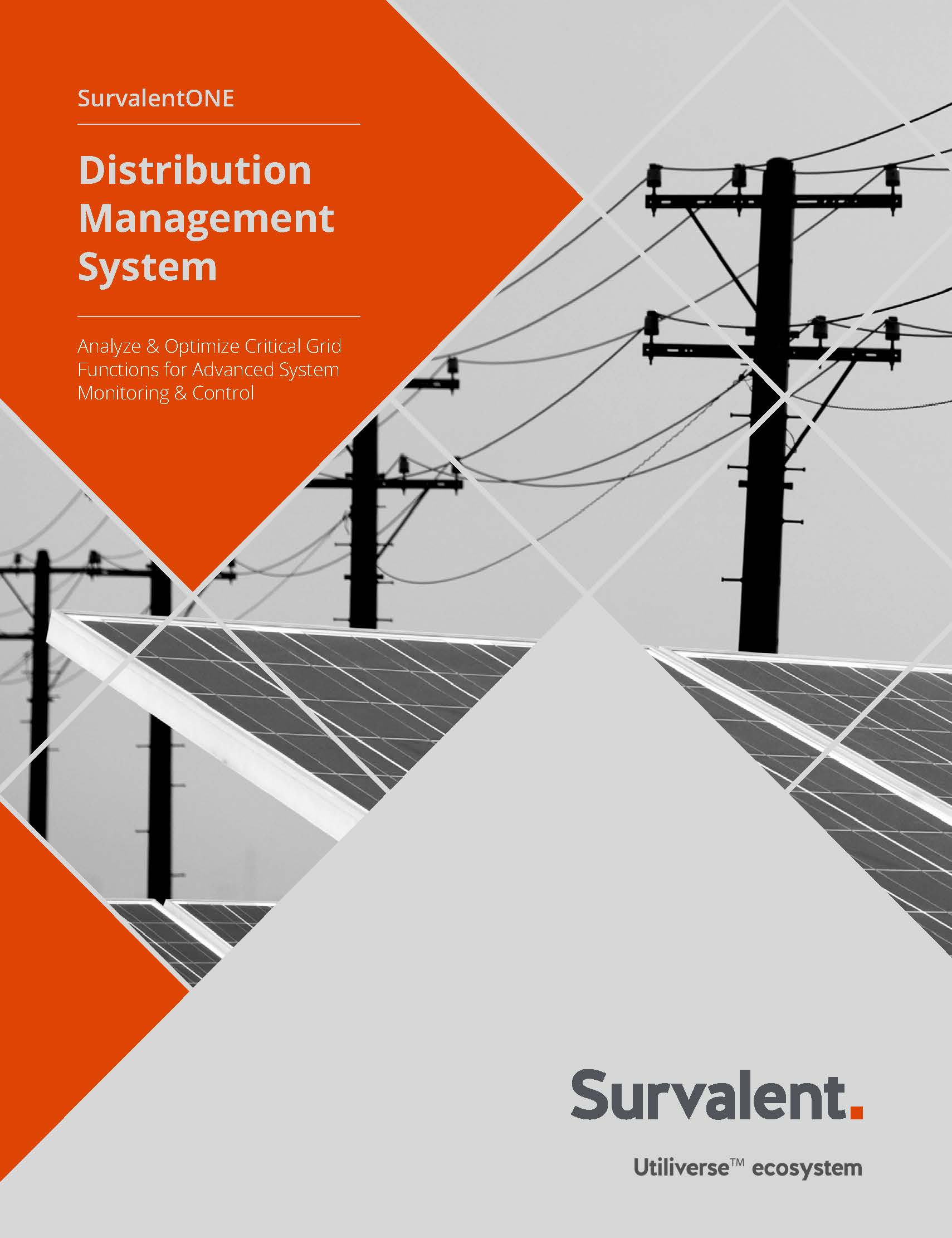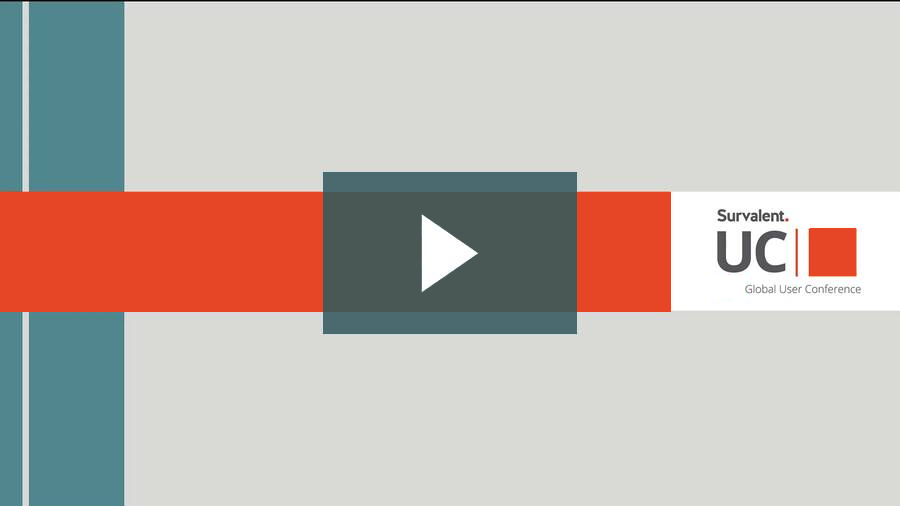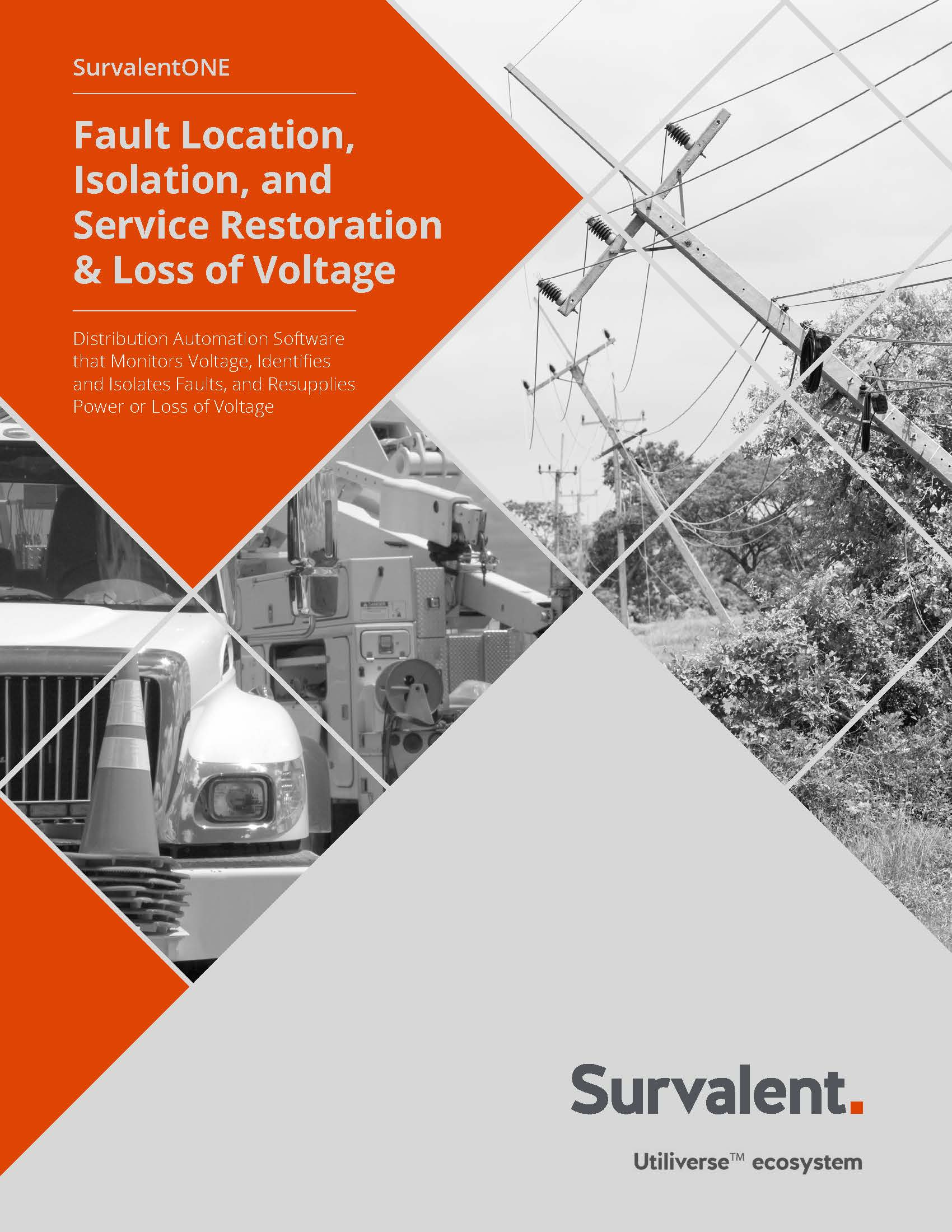SurvalentONE distribution automation applications are designed to improve network reliability and provide real-time insight into how the system is operating at any given moment. These applications keep electricity flowing to as many customers as possible by automatically reconfiguring the network.
Distribution Contingency Analysis
Fault Location Analysis
Fault Location, Isolation, and Service Restoration (FLISR)
Power Factor Control
Protection Settings Manager (PSM)
Volt/VAR Optimization (VVO)




